20 Professions That Are Slowly But Surely Disappearing from the World
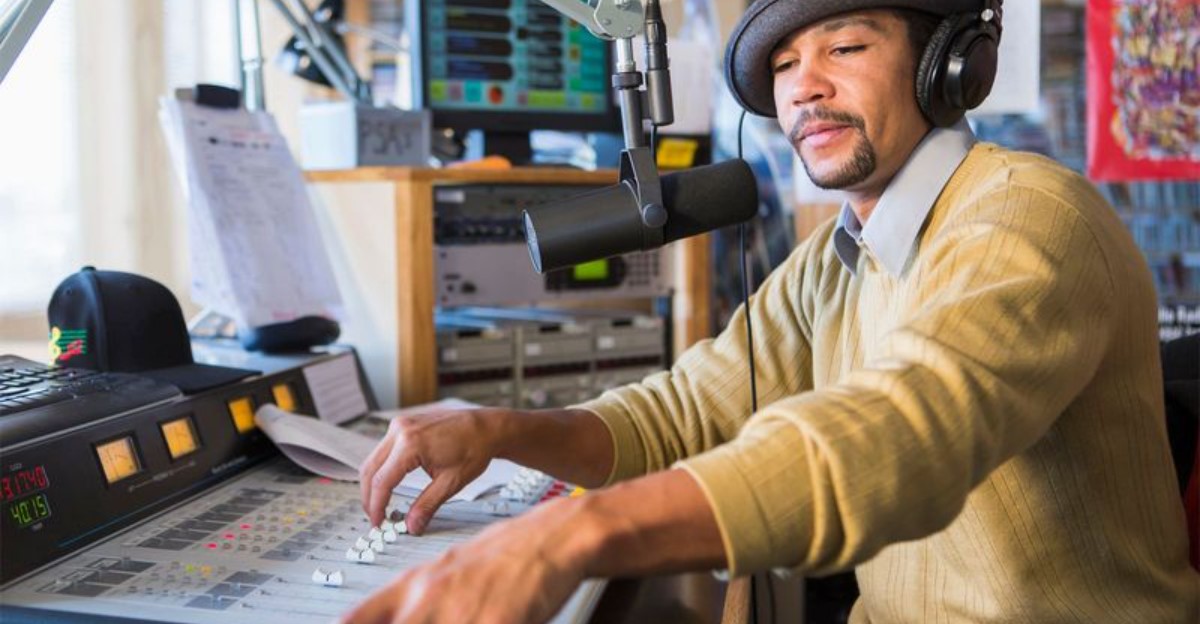
In today’s rapidly evolving world, some professions are facing the threat of extinction. As technology advances and societal needs shift, certain jobs that were once vital are now becoming obsolete.
This article explores 20 professions that are gradually fading away, reflecting changes in technology, economy, and culture. From traditional roles to once-common trades, these professions tell a story of transformation and adaptation.
Discover the journey of these disappearing jobs and the impact on those who practiced them.
1. Blacksmith
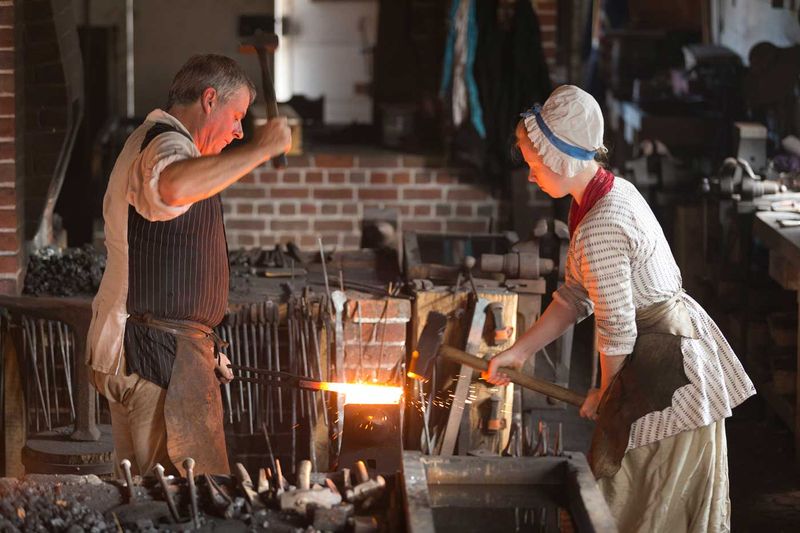
Blacksmiths once played a crucial role in crafting tools, horseshoes, and weapons. Their work was both an art and a necessity. Today, this ancient trade is fading away. Industrialization and modern manufacturing have replaced many traditional blacksmithing tasks.
The romantic image of a blacksmith shaping metal with fire and hammer is slowly being replaced by automated processes. While some enthusiasts keep the craft alive, the demand has dwindled. Younger generations rarely pursue this path, leading to its decline.
Yet, the artistry and skill of blacksmithing continue to inspire those who appreciate handmade craftsmanship.
2. Switchboard Operator
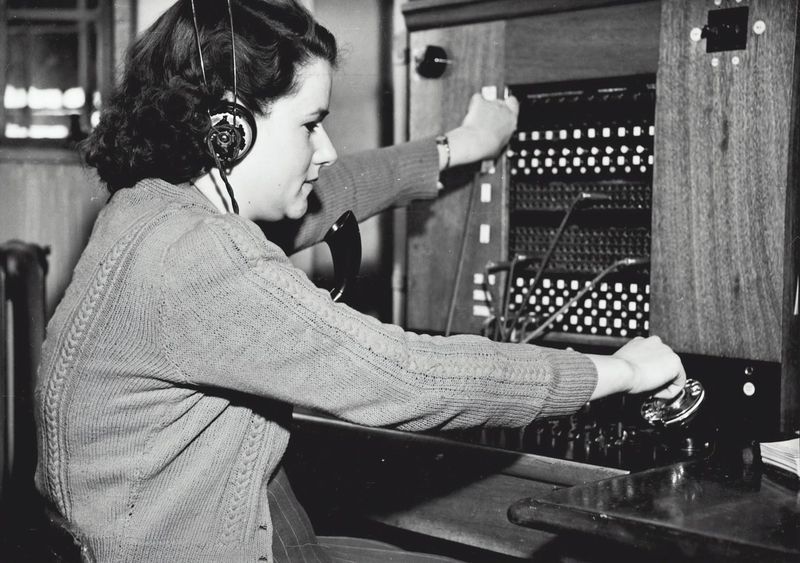
They were once the lifeline of communication, connecting calls manually through a patchwork of cables and plugs. With the advent of digital technology, these operators are a rare sight today. Automation has taken over, making the role redundant.
Though their work demanded precision and quick reflexes, the era of switchboard operators has passed. Nostalgia surrounds this vanished profession, often depicted in classic films and stories.
For those who worked tirelessly to connect voices across distances, the shift to digital systems marked a significant change in the communication landscape.
3. Milkman
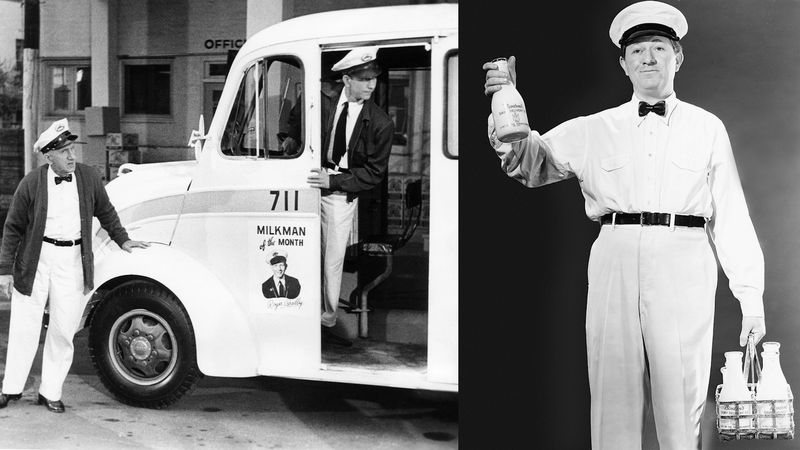
The milkman, a once-familiar sight in neighborhoods, delivered fresh milk to doorsteps each morning. This personal touch has been lost to the convenience of modern grocery stores. Refrigeration and packaged milk have rendered the traditional milkman obsolete.
Those who recall the clinking of bottles and friendly greetings feel a sense of nostalgia. The milkman’s disappearance is a symbol of changing times.
While a few boutique dairies attempt to revive the practice, the widespread need has vanished. The milkman’s journey from ubiquity to rarity reflects broader shifts in consumer habits.
4. Travel Agent

Travel agents once guided adventurers through the maze of bookings and itineraries. Their expertise was invaluable. However, the rise of online booking platforms has diminished their role. Travelers now have the tools to plan trips independently.
While some agents still thrive by offering specialized services, the general need for traditional travel agents has waned. Digital tools provide instant access to flights, hotels, and experiences.
The travel agent’s decline illustrates how technology empowers individuals, reducing reliance on professional services. Nonetheless, personalized travel planning remains a niche market for those seeking tailored experiences.
5. Typesetter
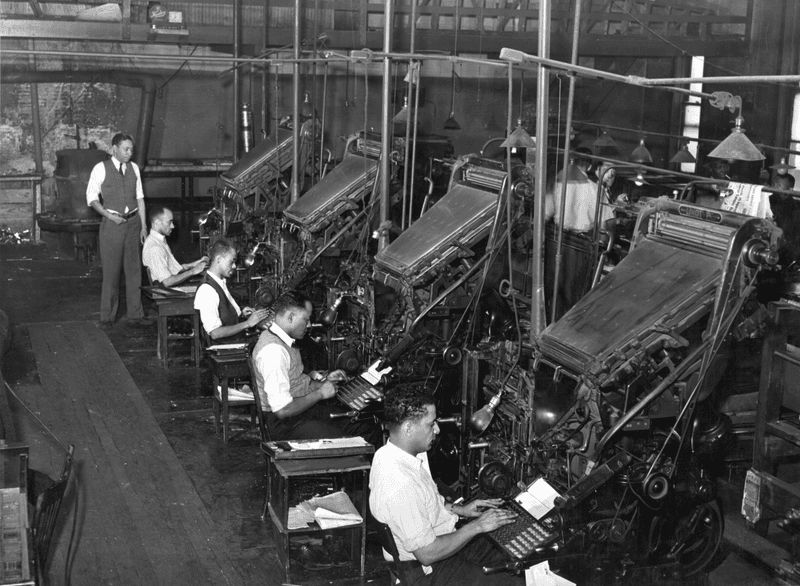
These professionals were the backbone of the printing industry, meticulously arranging letters for printing presses. This delicate craft required precision and patience. With digital publishing, the demand for traditional typesetting has dwindled.
Today’s technology allows for instant layouts and designs, rendering the typesetter’s role almost obsolete. The transition to digital platforms marks a significant shift in how information is produced and consumed.
While a few artisans preserve this art, it’s a rarity in a world driven by speed and efficiency. The typesetter’s decline is a testament to technological advancement.
6. Lighthouse Keeper

Lighthouse keepers were once guardians of the sea, ensuring ships navigated safely. Their role required vigilance and dedication, often in isolated locations. Automation and GPS have replaced this once-vital profession.
The romanticized image of a solitary figure tending the light is now mostly a memory. Though some lighthouses operate with keepers for tourism, the essential need has faded.
The disappearance of lighthouse keepers highlights the transition to automated safety measures. Yet, their legacy endures in stories of bravery and commitment to maritime safety.
7. Telegraph Operator
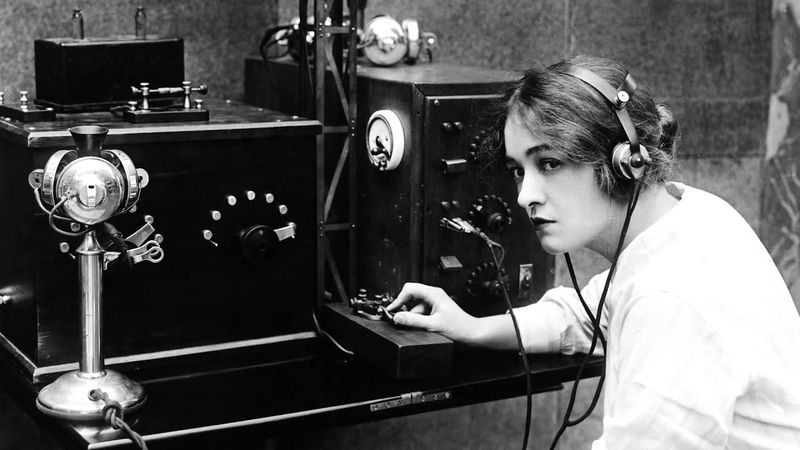
These operators were pioneers of communication, transmitting messages across vast distances through Morse code. This skill required quick thinking and accuracy. However, the telegraph has been surpassed by modern communication technologies.
E-mail, smartphones, and instant messaging have replaced the need for telegraphy. The art of Morse code is now a niche hobby, preserved by enthusiasts and historians.
The decline of telegraph operators signifies the rapid evolution of communication methods. While once a vital profession, it now belongs to the annals of history, a reminder of how far we’ve come.
8. Projectionist
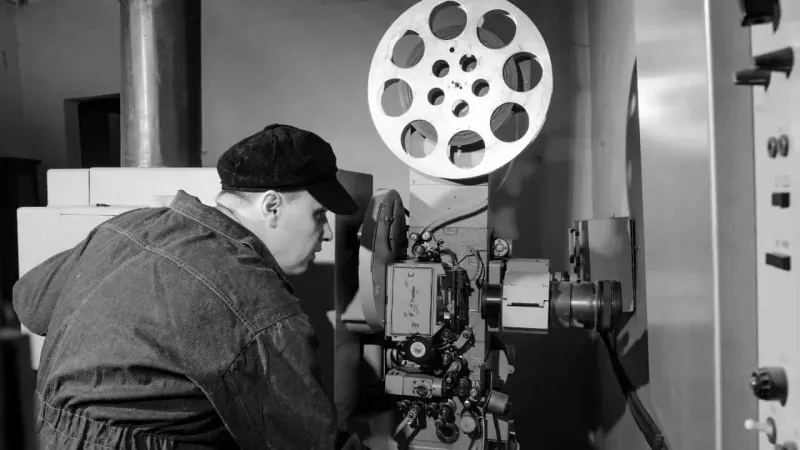
Projectionists brought stories to life on the silver screen, operating the complex machinery that powered movie theaters. The transition to digital cinema has rendered traditional projectionist roles nearly obsolete.
While some venues still use film for special screenings, most have embraced digital technology. The projectionist’s art of handling film reels and maintaining projectors is fading.
For those who cherished the craft, it’s a poignant reminder of cinema’s evolving nature. Though digital offers clarity and convenience, the magic of film projection holds a special place in cinematic history.
9. Watchmaker
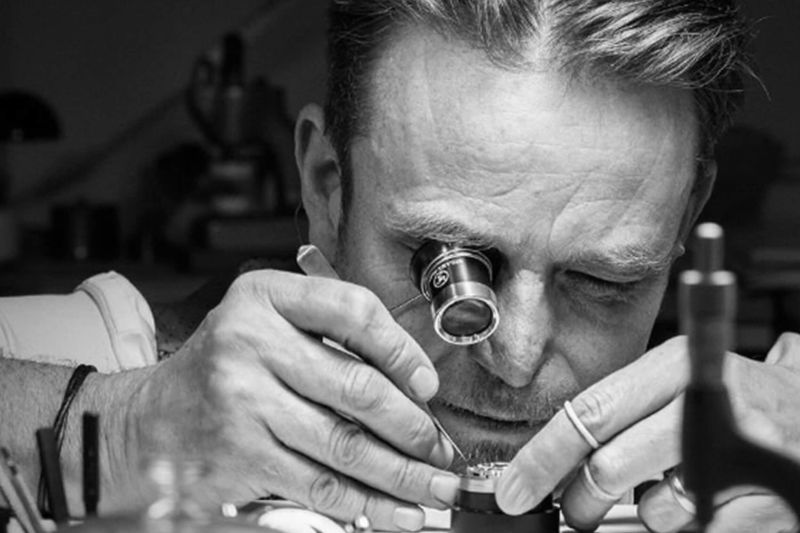
These experts once held the delicate task of crafting and repairing intricate timepieces. Their expertise was revered. Yet, with the advent of digital watches and mass production, this craft is dwindling.
The precision and skill required for traditional watchmaking are now a rarity. While luxury brands and enthusiasts still seek these artisans, the general demand has decreased.
Watchmakers symbolize a bygone era of craftsmanship, where time was measured with artistry. As technology advances, the need for traditional watchmaking skills diminishes, leaving behind a legacy of precision and beauty.
10. Cobblers
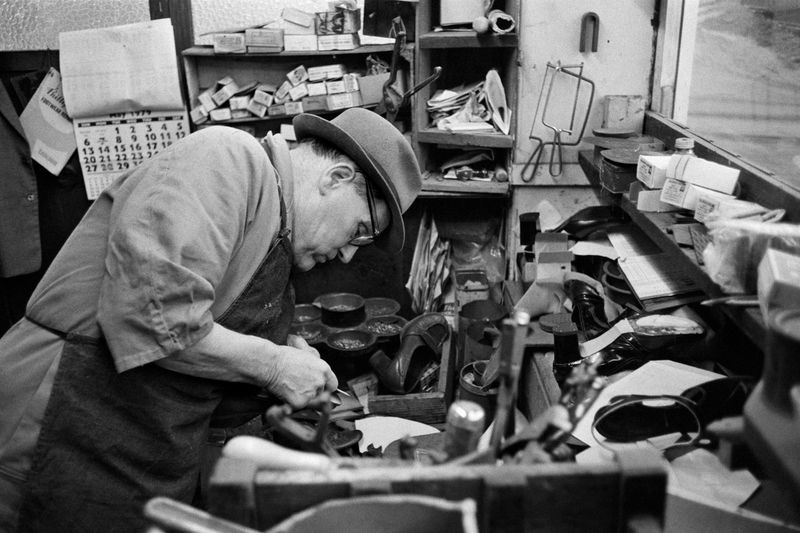
Cobblers were once essential, mending and crafting shoes with expertise. In a world driven by fast fashion, their craft is fading. Mass production and disposable footwear have diminished the need for cobblers.
While some still value handmade and repaired shoes, the majority opt for convenience. Cobblers, with their time-honored skills, are becoming a rarity.
The decline of cobblers reflects broader changes in consumer behavior and manufacturing. Yet, they remain a symbol of enduring craftsmanship, where quality and care were paramount. Their legacy lives on in those who appreciate well-worn, well-loved shoes.
11. Door-to-Door Salesperson

Once a common sight, door-to-door salespeople brought products directly to consumers’ homes. Personalized service and persuasive skills were their hallmarks. However, e-commerce and retail have made this role less common.
Today’s consumers prefer online shopping and direct delivery, reducing the need for face-to-face sales. While some niche markets persist, the widespread practice has declined.
Door-to-door salespeople represent a bygone era of personalized marketing, where human interaction played a crucial role. Their decline marks a shift toward convenience and technology, changing how we connect with products.
12. Cartographer

Cartographers once painstakingly crafted maps, guiding explorers and travelers alike. Their work required precision and artistic skill. With the advent of digital mapping technology, traditional cartography is less in demand.
While digital maps offer accuracy and convenience, the art of hand-drawn maps is fading. Some still value the aesthetic and historical significance of traditional maps.
Cartographers’ decline reflects technological progress and changing needs. Yet, their contributions remain vital in understanding geography and exploration. The beauty of traditional maps continues to inspire collectors and historians.
13. Radio DJ

DJs once held the airwaves, curating music and engaging with listeners. Their personality and taste defined stations. Yet, with streaming services, the role of traditional DJs is shifting.
Listeners now create playlists, bypassing the curated experience. While some DJs thrive on digital platforms, the traditional radio format is less influential.
Radio DJs symbolize a time when music discovery relied on personality and expertise. Their decline marks a transformation in how we consume music, embracing personalization over broadcast. Yet, their legacy continues to influence music culture and discovery.
14. Bookbinder
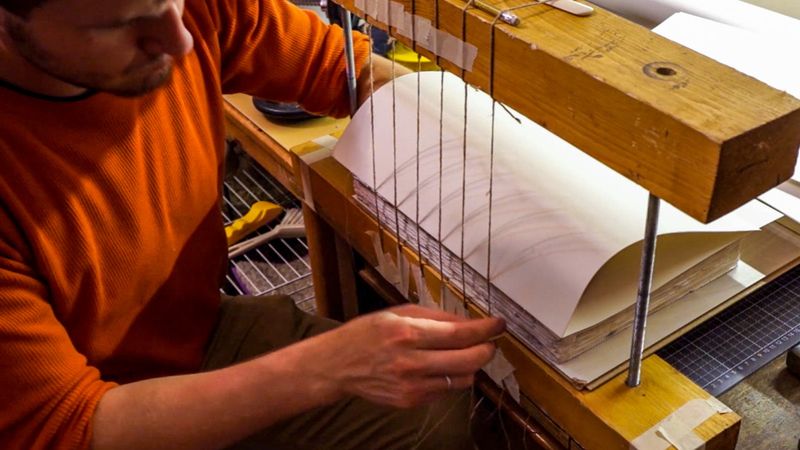
Bookbinders once transformed loose pages into beautifully bound volumes, preserving knowledge and stories. This craft required meticulous skill. However, digital books and mass production have reduced the demand for traditional bookbinding.
While some still value the artistry of hand-bound books, it’s a niche interest. Libraries and collectors treasure these creations, but the general market has shifted.
Bookbinding’s decline illustrates changes in reading habits and production. Yet, those who continue the craft keep alive the tradition of tactile, lasting literature, where the art of the book is as cherished as its content.
15. Photo Lab Technician

These technicians were once integral to processing film, turning negatives into cherished images. The craft required precision and understanding of chemical processes. With digital photography, this profession is rare.
Instant photo access has diminished the need for film development. While some enthusiasts and professionals still value film, the widespread demand has shifted.
The decline of photo lab technicians reflects the digital age’s influence on how we capture and share moments. Though the tactile experience of film is nostalgic, digital offers convenience and immediacy, reshaping photography’s landscape.
16. Chimney Sweep
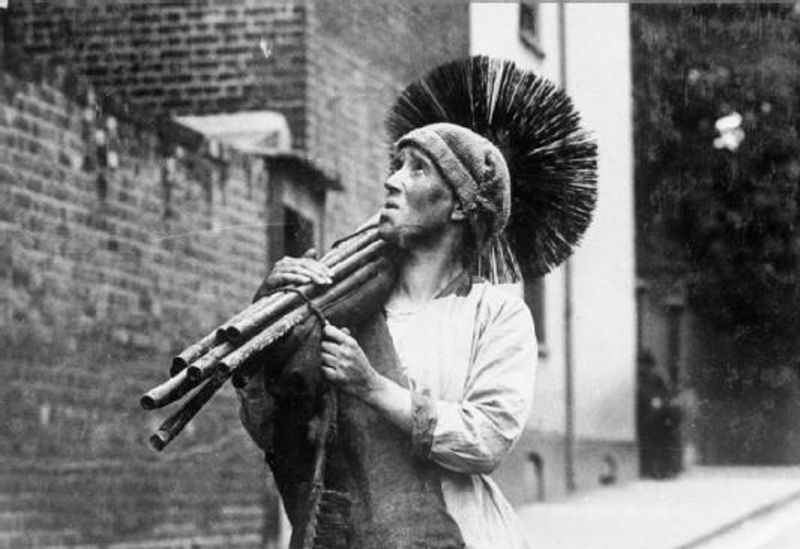
Chimney sweeps once ensured homes were safe from soot and blockages, a vital service in an era of open fires. Their role, filled with folklore, is now less common. Modern heating systems have reduced the need for chimney maintenance.
Though some homes still require cleaning, the profession has shifted. Regulations and technology have changed traditional practices.
Chimney sweeps symbolize a connection to historic home life and early urbanization. Their decline highlights changes in domestic technology and energy use. Yet, their legacy endures in cultural memory and occasional necessity.
17. Video Store Clerk
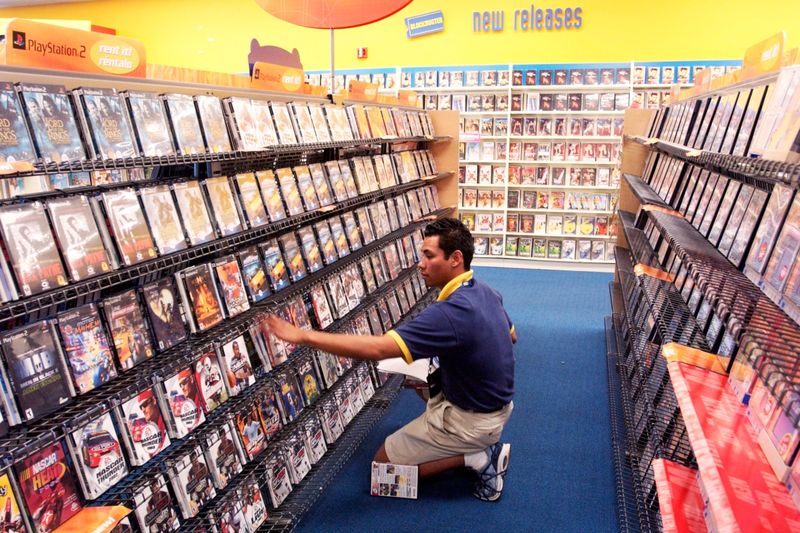
Once a staple of weekend entertainment, video stores have almost vanished. The rise of digital streaming services has largely replaced the need for physical rentals.
With the convenience of online access to vast libraries of films and shows, many people have forgotten the joy of browsing aisles of VHS tapes or DVDs.
For those who worked as video store clerks, it was not just a job but a passion, sharing movie recommendations and insights with customers.
18. Ice Delivery Worker
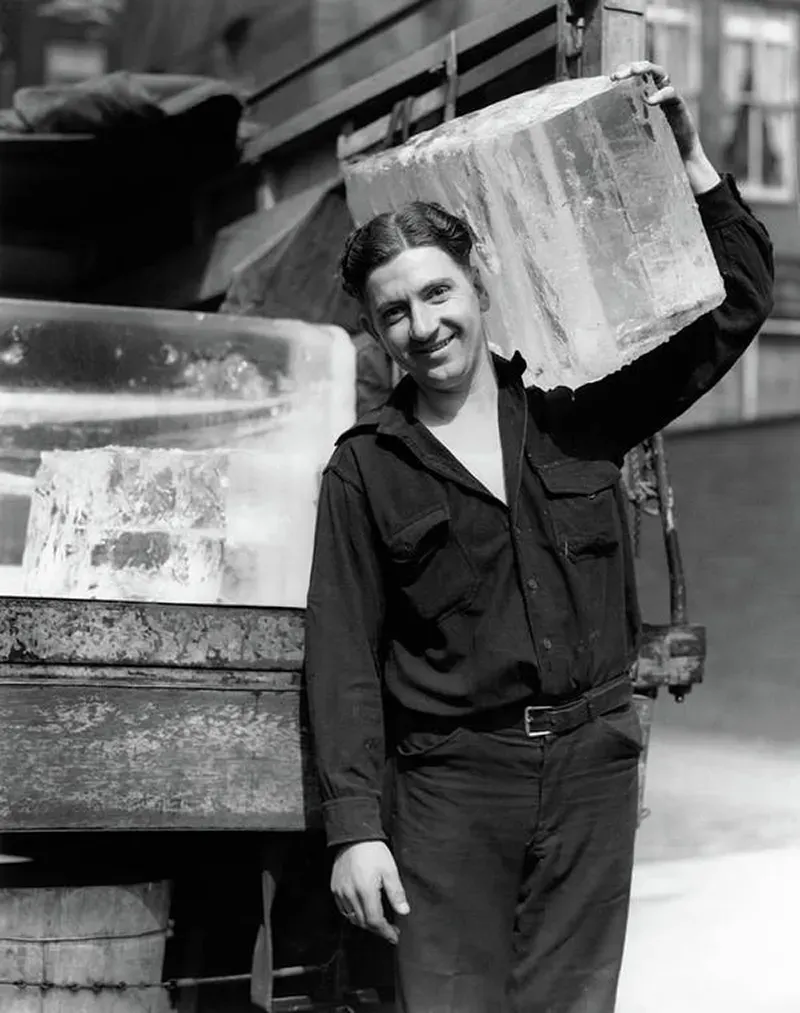
Ice delivery workers were once essential, providing blocks of ice to keep food fresh before refrigeration. Their role, demanding strength and endurance, has vanished. Modern refrigeration technology replaced the need for ice deliveries.
The image of horse-drawn ice wagons is now a memory. While the service is extinct, it reflects a time when daily life depended on manual labor.
The disappearance of ice delivery workers is a testament to technological advancement and convenience. Their legacy endures in stories of ingenuity and adaptation to changing times, a symbol of early urban life.
19. Typist

Typists once played a crucial role in offices, transforming written words into typed documents. Their speed and accuracy were prized skills. However, computers and word processors have made the traditional typist nearly obsolete.
While typing skills remain essential, the role has evolved into broader administrative functions. The standalone typist is a rarity in today’s digital offices.
Typists represent a transitional phase in office technology, where manual skills met mechanization. Their decline highlights the shift towards integrated digital systems, changing how we work and communicate. The legacy of the typist endures in modern office tools.
20. Telephone Lineman
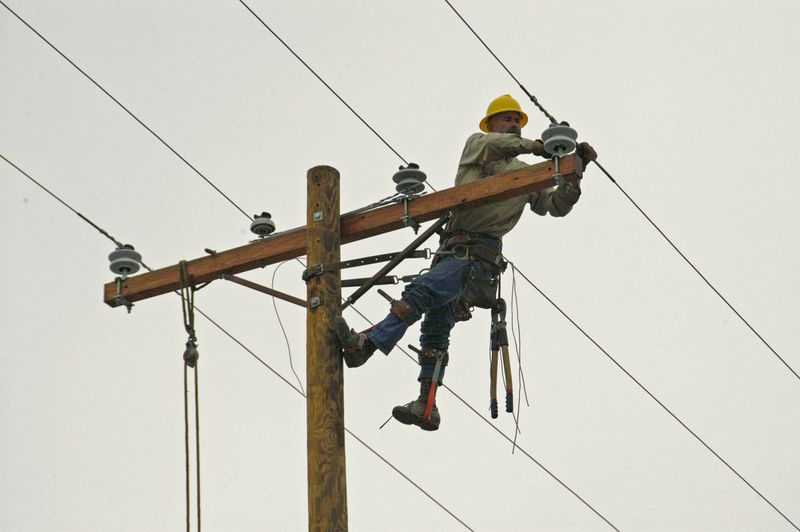
Finally, telephone linemen were once the backbone of communication infrastructure, maintaining and repairing the lines that connected communities. Their work required physical endurance and technical skill. However, with wireless technology, their role is less visible.
While line maintenance persists, the focus has shifted to fiber optics and digital networks. The traditional image of linemen climbing poles is fading.
Telephone linemen symbolize a foundational period of communication, where connectivity relied on physical networks. Their decline reflects the evolution towards wireless solutions, changing how we perceive and interact with technology.
